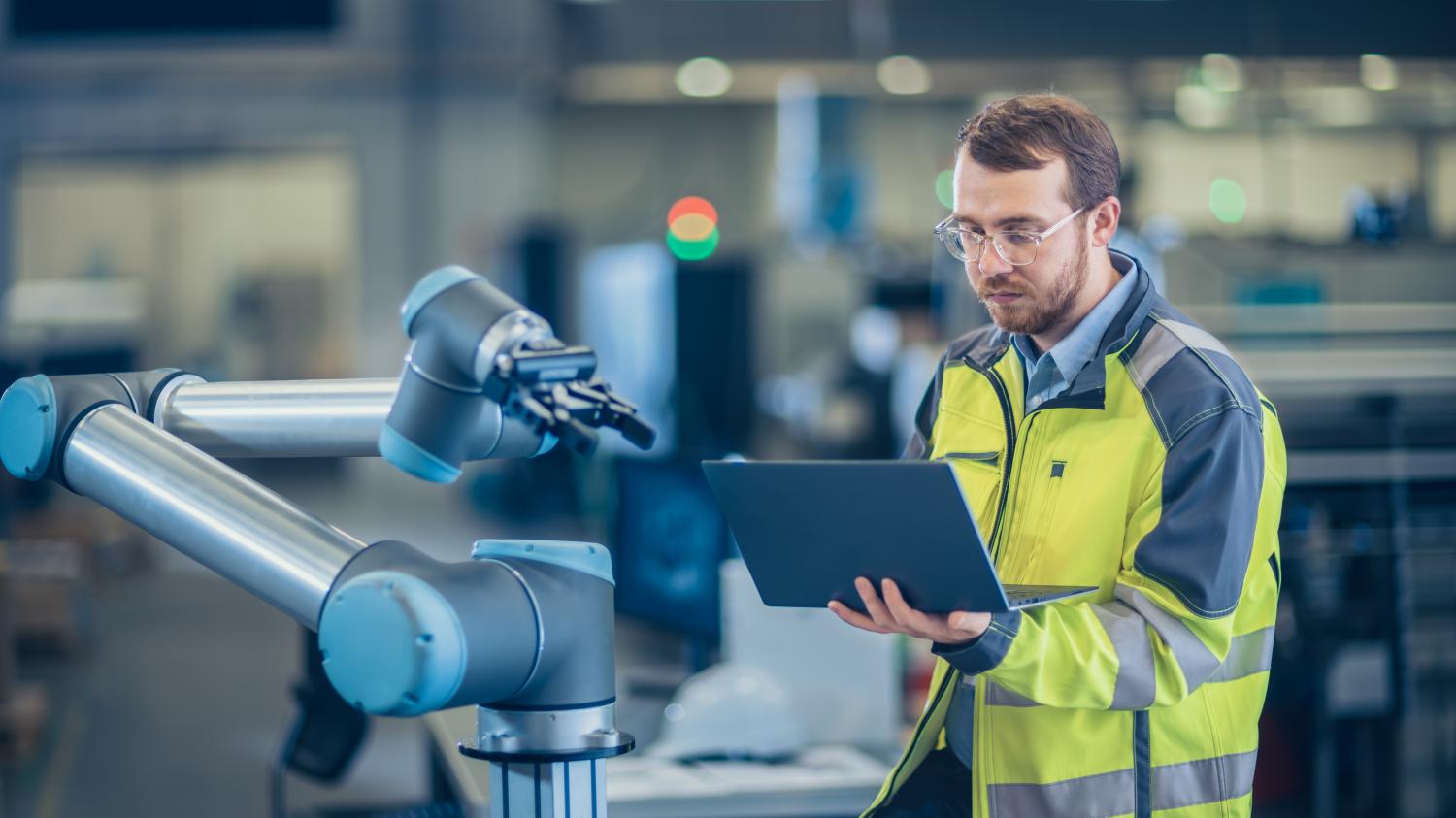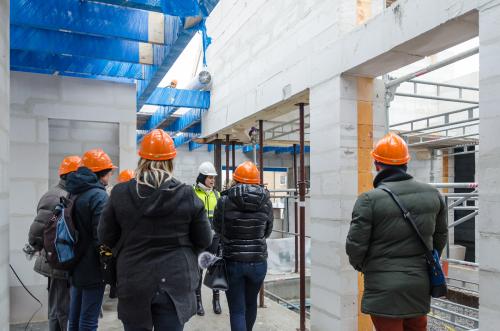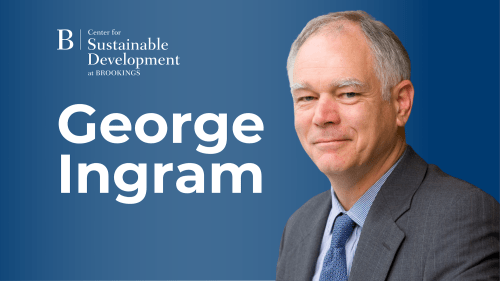This paper was prepared for the December 12, 2019, conference on “Automation, Labor Market Institutions, and the Middle Class” for the Brookings Institution, Future of the Middle Class Initiative.
Abstract:
Progress in industrial robotics and information technologies has meant that advanced economies have experienced a significant drop in the fraction of the population employed in middle wage, “routine task-intensive”occupations. Applying machine learning techniques, we identify the types of individuals who would otherwise be employed in such occupations, if not for advances in automation technology, and track their labor market outcomes. Based on these findings, we develop a quantitative, heterogeneous agent, general equilibrium model of labor force participation, occupational choice, and capital investment to study the aggregate and distributional effects of advancing automation. We use this framework as a laboratory to evaluate various public policies aimed at addressing the disappearance of routine employment and its consequent impacts on inequality.
The Brookings Institution is committed to quality, independence, and impact.
We are supported by a diverse array of funders. In line with our values and policies, each Brookings publication represents the sole views of its author(s).










